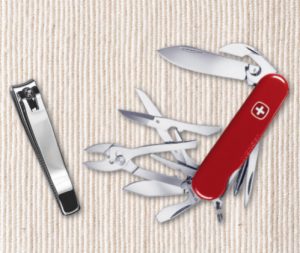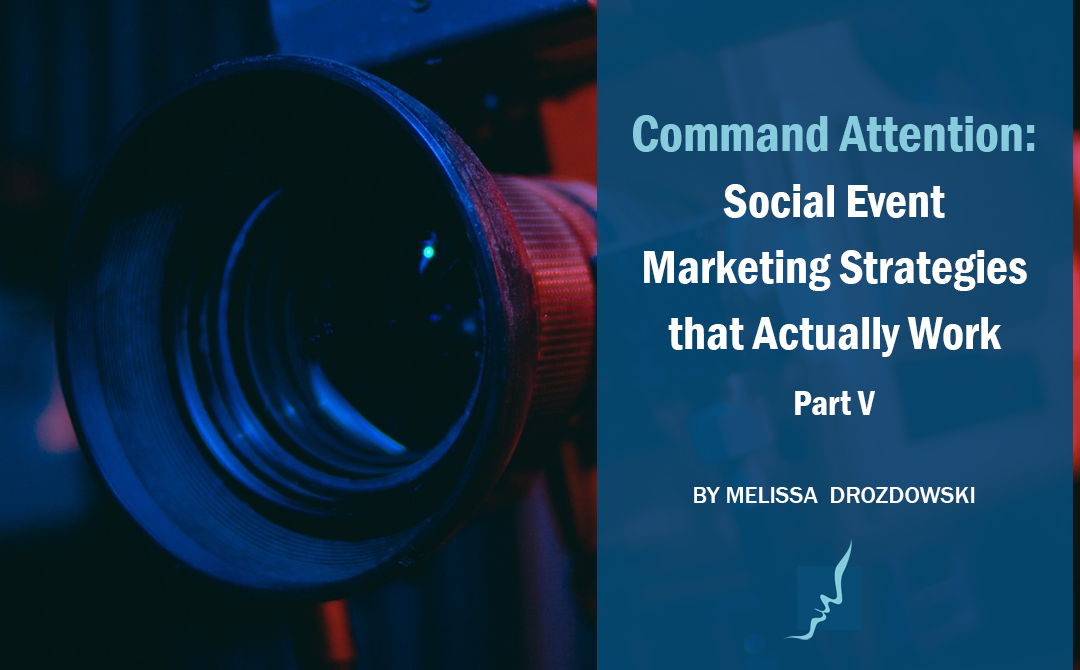Benjamin Franklin once said, “The best investment is in the tools of one’s own trade.” Almost two and a quarter centuries later, and his advice is still spot-on. If you’ve been following this Master Class series or checked out our webinar on event marketing and live social sharing, then you know it’s time to start talking about the tools and gear you’ll need to succeed at video livestreaming.
“Talking tools and gear” is often a sly euphemism for “let’s spend a ton of money!” but don’t get a bad case of the heebie-jeebies just yet. Yes, having the right tools for the job is absolutely essential. However, this doesn’t mean you need to run out and buy a Panavision camera, fuzzy boom mic, and an Avid board. I mean, I guess you could if you really want to look like one of those rugged, globetrotting film journalist types. But with digital cameras continuing to grow in sophistication while dropping in price, why would you?
The continued advance of digital camera technology is part of the reason behind the explosive growth in video and livestreaming. Pretty soon (and by that, I mean in approximately two months’ time), you’ll be able to record 4K video at 90fps and 1080p video at 240 fps on a smartphone, for heaven’s sake. So no, buying livestreaming gear doesn’t mean your bottom line has to go into the red…unless you really want to spring for that Panavision camera and Avid board setup.
Still, your choice of equipment will have a significant impact on the quality of your video and livestreams, therefore, it’s in your best interest to get the best setup that your budget allows. The good news is, you’ve got options. Let’s take a look at a few of them that will allow you to produce decent-quality video for streaming.
The Tiered Approach: Good
The easiest way to tackle the various choices in streaming gear is a tiered approach. Based on technical complexity, the end user experience, and DIY versus leaving it to someone else, we’re going with three tiers: good, better, and best. The first two tiers are DIY, the third is not.
The base tier is simple smartphone-based rig. Smartphone makers are in an arms race to see who can pack the most cameras, highest megapixel count, and best frame rates into a single device that still fits in the palm of your hand. Say hello to living out your secret Spielberg, Lucas, and Tarantino fantasies!
This growing sophistication in smartphones is good news for you. As long as you can position yourself physically close to your subject, the venue has adequate lighting, and you can maintain a solid network connection, a modern smartphone will allow you to do a surprisingly good job of capturing and livestreaming watch-worthy video from your event.
You’ll still need a few accessories to give your videos a bit more polish. I recommend adding an external microphone for crisper audio, a clip-on telephoto lens, and a high-quality tripod for image stabilization. And if you’re going to record for an extended length of time, you’ll want to consider adding in a high-capacity external battery. There’s nothing worse than running out of juice right in the middle of your stream.
How much will this type of rig set you back? About $250, easily within budget range for most organizations. Before you start doing your smartphone livestreaming happy dance, be aware there are some limitations and challenges you’ll need to deal with. You do need close physical proximity to your subject and good lighting. And if you’re using your personal device, don’t forget that it won’t be available for other purposes like making calls or engaging with social media audiences while you’re filming. One other extremely important detail: Facebook livestreams can’t be embedded on websites if a mobile phone is used for capturing the video.
A Step Up: Better
So, how do you overcome the limitations of smartphone livestreaming and still stay relatively cost-effective? One way is to step it up a bit to our next option – a camcorder. Yes, they still make them. They’re also still holding their own in the era of the video-enabled smartphone and digital camera. If you’ve got one or your budget will allow you to buy one, it’s definitely an option you should consider when livestreaming.

Be honest, which one would you prefer?
Even with the advent of multi-camera, high-megapixel smartphones, the camcorder is still a go-to for capturing better-quality video. Even under the best conditions, the camcorder will outshine the smartphone in terms of picture and audio quality. Camcorders offer more robust zoom and greater storage options. Higher end models will often provide multi-channel surround sound, along with field of view, shutter speed, and white balance controls. It’s kind of like going from using a set of nail clippers to a Swiss Army multi-tool.
What are the drawbacks of going with a camcorder instead of a smartphone? First, they’re generally not designed for live network streaming, so you’ll need an external encoder with a network connection. If you go this route, you’ll want to think about getting a dedicated Internet connection – preferably one that’s wired (no fighting over bandwidth!), and at least 3Mbps of upstream bandwidth.
Ahhhh, but what about cost? It’s true that a camcorder rig is going to set you back a bit more than a smartphone rig will. Entry-level camcorder prices are all over the map, depending on quality, features, controls, and accessories (trust me, you’ll want to make sure you have an external shotgun microphone to boost sound quality). There are a number of entry-level options out there for under $200, but ask yourself: is this really the best thing for me to skimp on? An acceptable camcorder setup will likely run you $800 to $1,000; but as always, the better the quality, the higher the price.
King of the Hill: Best
The first two tiers are great options for those of you who are willing to go hands-on with your video livestreaming. If you’re less than confident about the DIY approach or you’ve got budget to spare, why not consider hiring a professional videographer?
There are a host of firms out there making a good living doing professional AV at events, for example PSAV and Freeman AV. These guys are pros – they intuitively understand how to capture visually appealing, highly engaging video content. They know how to work with lighting and sound, and can easily switch between broadcast-quality cameras. More likely than not, they’ll be able to tap into a direct feed from the onstage microphones and presentations, opening the door to more polished, compelling content for you to share with your audience.
There are some considerations to think about when deciding to go with a professional AV team. First, while you’ll be relieved of any burdens relating to onsite video production, you still have to make sure your Facebook page, YouTube channel, or other platform is optimized and ready to support the livestream from your AV crew. You’ll also need to make sure you’ve secured a dedicated, high-speed ‘net connection to forestall any interruptions to your feed.
And then there’s the question of cost. Professional AV doesn’t come cheap. After all, you’re paying for that wealth of technical and artistic expertise. Capturing four 1-hour keynote sessions is probably going to run you about $20,000 when using a professional AV team. If your wallet is now squealing, repeat after me: you get what you pay for.
Before You Go…
So there you have it, three options for capturing and streaming your video content. There are a lot of factors to take into account when figuring out what gear and equipment you’ll need to get your video rolling. But, it really comes down to how hands-on you want to be and what your budget looks like. Each of these three paths comes with its own benefits and challenges; it’s a matter of finding the one that’s best suited to your individual situation.
Before I close out this installment, I want to drop one last recommendation. Until now, we’ve come at this Master Class series from the perspective of the event or content producer but I do urge you to think about things from the other side of the fence, too. If you’re attending a conference, you’ll have ample opportunities to boost your social media profile through live tweeting, livestreaming, and other real-time sharing.
There’s a lot to see and do at conferences and events, which means the question becomes one of, “How do I best optimize my time?” Lucky for you, my colleague Laurie Davis has already drawn up a plan to help you become a conference superstar. You’ll find her sage advice here; I recommend you read her suggestions, then use them to make the most of your next professional conference or event.
In our final entry in this series, we’ll address some excellent questions that came in from the audience during our Boosting Conference Engagement with Live Social Media webinar. See you then!

